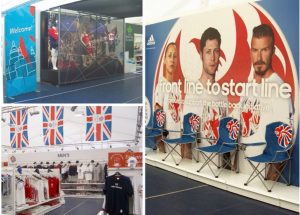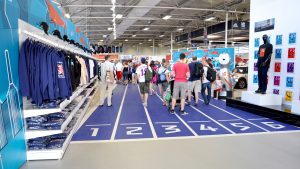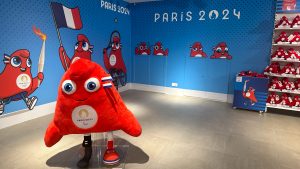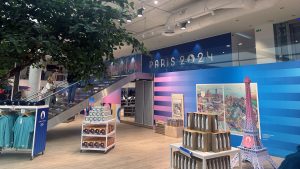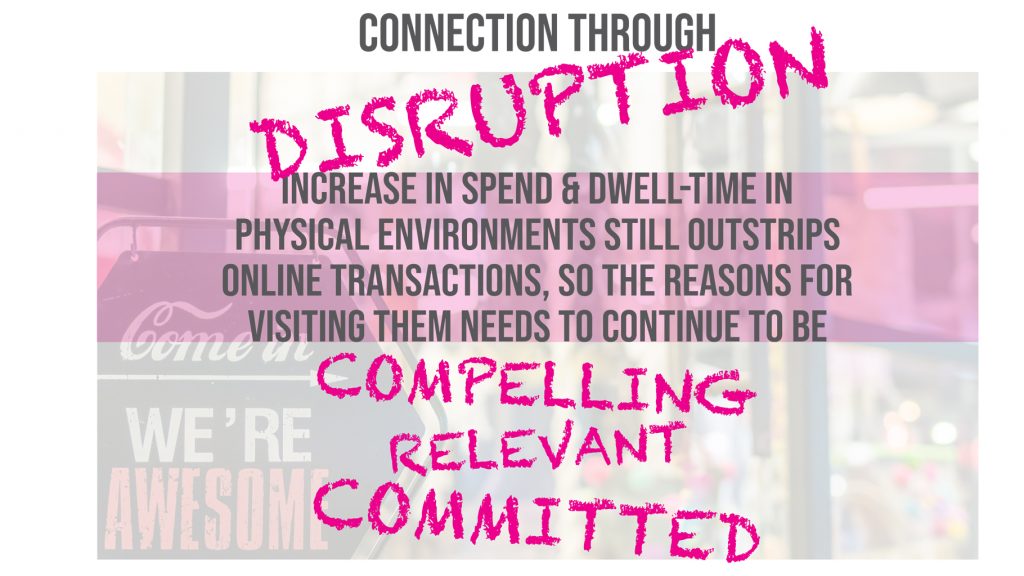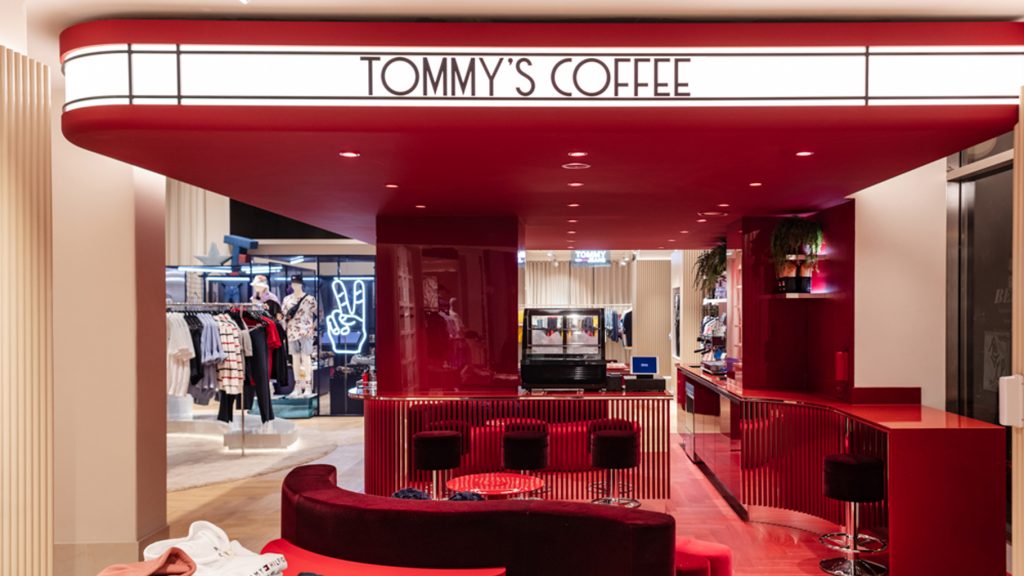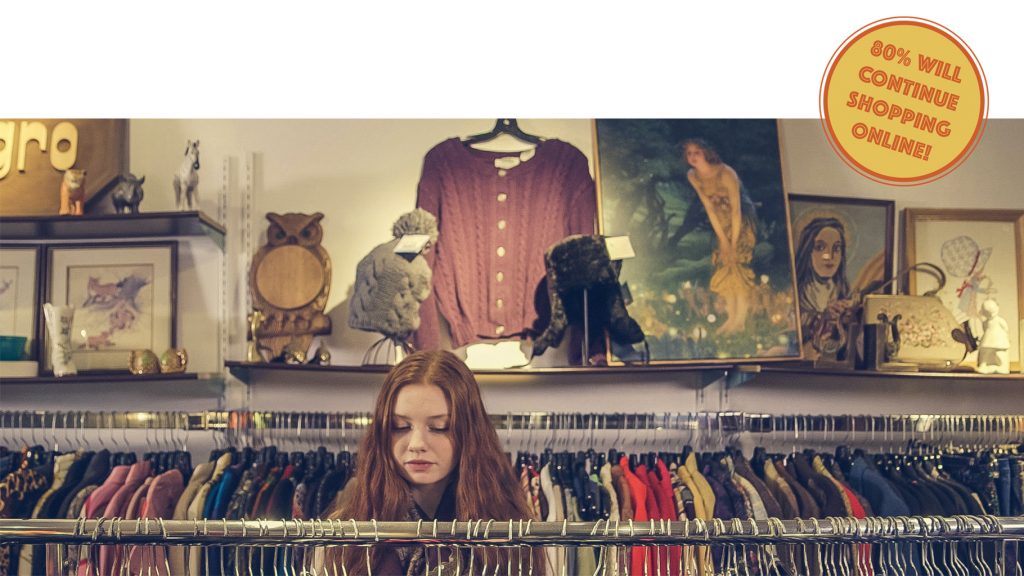What can we expect in terms of trends for 2025?
AI is going to be increasingly used to help enable retailers to hone the personalised experience that customers are progressively coming to expect. AI will move closer to completing the 360 degree experience in collaboration with the human face of the brand, as well as the seamless operational delivery.
2025’s shoppers also won’t just focus on price but how a product was sourced and made and they will be making their purchasing decisions based on this. Savvy retailers can turn their supply chain transparency into a competitive advantage, ensuring that their sourcing and sustainability practices are both virtuous and transparent.
“Vintage” will continue to gain popularity. No longer seen as something only utilised by those who are financially strained, it is now being embraced by the “middle classes”, with many retail giants launching their own resale platforms to cater for them. This also links to the increasingly visible conscientious and sustainable decision making of their customers.
The focus will be about ‘closing the circle’ on commerce from choice, selection, use and then recycling and it will be this 360 approach that defines the story and accedes to what customers expect now.
How can retailers prepare?
One of the most important assets to the success of retailers is their workforce. As AI and technology increasingly become tools to streamline the process, retail employees can develop into “experience orchestrators” that can utilise the available digital tools and data insights to deliver optimal experiences for customers.
A strong example of a retailer that is responding to the current and future expectations of its customers is our client Foot Locker. Their latest store concept revolutionises the retail experience, as it delivers an immersive, cultural and accessible premium shopping environment. Foot Locker has blended innovation with a passion for ‘sneaker culture’, leveraging customer insights to create an intuitive customer journey that leads to a path of discovery and delivers an exceptional customer experience.
The resulting stores boast a bold design, enhanced storytelling and an extensive product selection, with a strong commitment to sustainability, aided by technological advancements. Dedicated sections highlight the latest sneaker styles and a communal try-on area at the heart of the stores encourages customer interaction and promotes inclusivity of the sneaker culture. The Sneaker Hub is a dedicated area that enhances customer engagement and enriches the experience, by offering personalised services, omni-channel ordering options and unique FLX experiences.
Foot Locker’s iconic brand ambassadors, known as the Stripers, benefit from cutting-edge technological tools to manage the omni-channel inventory and streamline the in-store payment process, delivering optimal customer service.
The future of retail won’t just be about selling products, but about creating experiences and building trust with customers, which will result in a life-long and lucrative relationship for both.


